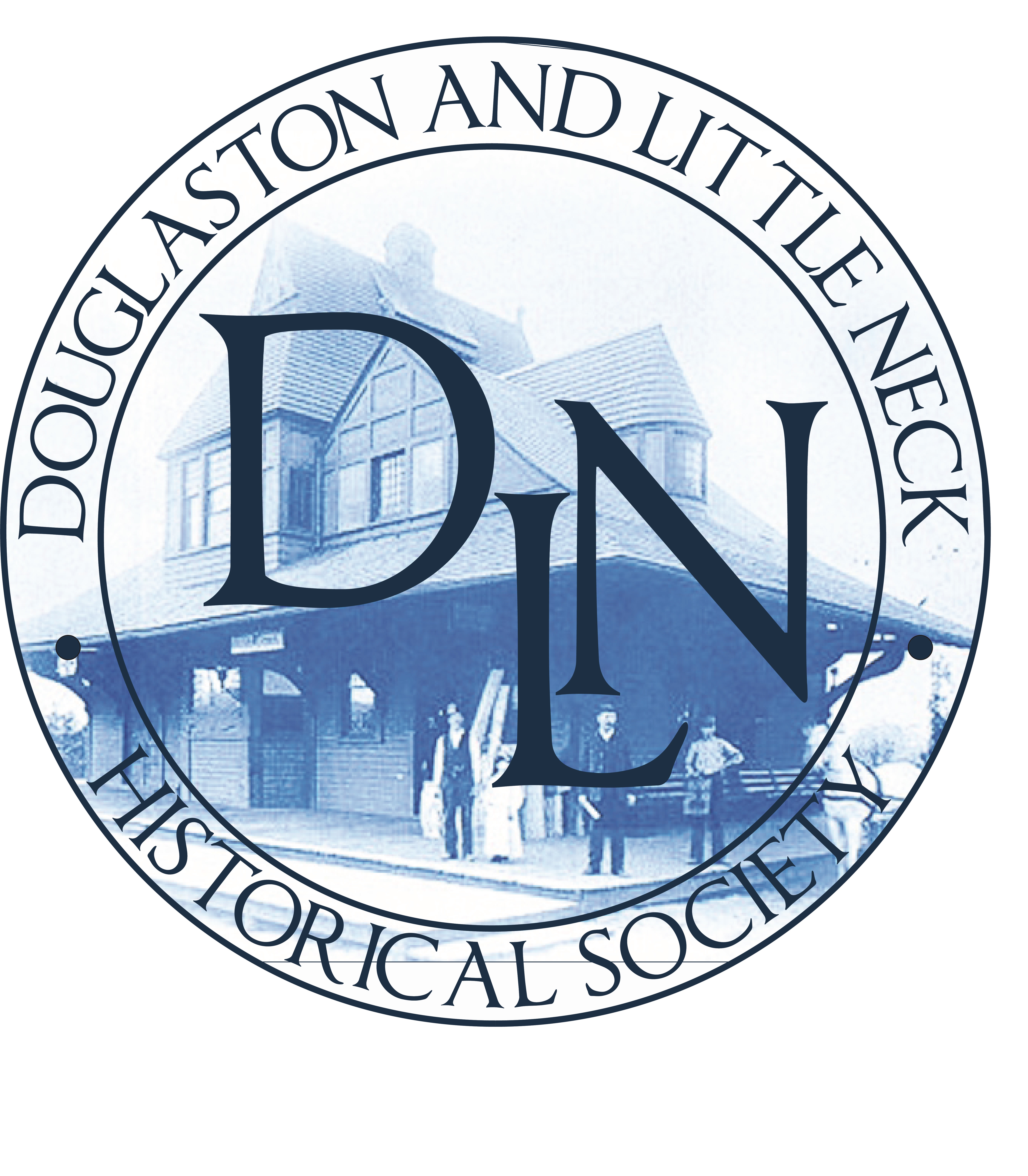Cleaning a Landmark.
Exterior cleaning will require a Permit for Minor Work. Bricks are an especially fragile material since they have a thin protective crust that can be easily damaged and once damaged is not reparable. The staff of the Commission can provide advice on the appropriate cleaning method for your building.
Repointing.
As with cleaning, improper methods of repointing can have disastrous and irreparable effects on masonry. The staff of the Commission can provide technical information of proper specifications for such work. It is important to remember that the Commission and its staff are most interested in the long term preservation of your building and will help you to achieve this goal.
Windows.
The most frequent alteration to designated buildings is the replacement of existing windows, sometimes with disastrous results. If you are inside looking out, windows are like an extra set of eyes through which you look at the work; but if you are outside looking at a designated structure, these same windows are often the most important architectural detail of the building, a detail which was designed by the architect as an integral part of the building, thus appropriate to it. Therefore, the replacement of this important element has to be handled with care.
Bear in mind that REHABILITATION of existing windows, and installation of storm windows, particularly interior storm windows, is the preferred approach to window problems. Whereas we have seen many of the recently installed windows deteriorate at an alarming pace, rehabilitated windows have a remarkable longevity which is worth exploring.
There are several categories of buildings where the appropriate treatment for window replacement, if that is necessary, differs:
- individual landmarks, including interior landmarks;
- residential buildings within historic districts, defined as buildings originally designed as residences.
- Applications for new windows need not require a public hearing. If the replacement windows replicate the original ones in material, configuration, detail, sections, dimensions, and profile, the staff can approve the application under the provisions of a Permit for Minor Work. Similarly, an application in conformance with an approved master plan will require only a staff review. An application for rep0air and thermal upgrade of your existing windows should be considered as an option. Because such work is often less expensive than replacement, it might sometimes be more energy efficient, and a better long term investment.
Air Conditioning Units.
Through-the-window air conditioning units do not require a permit so long as no support is needed which would necessitate damaging the wall surface. If the air conditioning units are to be installed in a simple brick building and under windows, the application can be approved by the staff of the Commission. If, however, such a through-the-wall unit is not installed under a window, a permit from both the Department of Buildings and the LPC is needed.
In general, new through-the-wall air conditioning units must not penetrate and damage a building’s decorative features such as terra cotta and masonry panels and other decorative architectural elements.
In evaluating an application for additions, the Commission will assess the visibility of the addition from the street and the appropriateness of its design. The material to be used will also be reviewed. Required documentation for such an application includes accurate maps, drawings, photography, and site line studies.
Additional Permit Information
November 29, 2000
Since the Douglaston Historic District was designated in June, 1997, undreds of permits for proposed alterations and other work on buildings in the District have been applied for, reviewed, and approved.
The New York City Landmarks Preservation Commission continues to develop guidelines for the District, and the Historical Society would like to remind residents that work requiring LPC permit DOES include any project that alters the exterior of a building or building site, such as:
- roof, window, or door replacement
- paint-color change
- building extension or addition
- repointing stone or brick surfaces
- applying preservative coatings
- work affecting a significant architectural feature but nor requiring a Department of Buildings permit
- restoration of architectural details
- masonry work on terraces, driveways, sidewalks, and retaining walls that results in any visible change. Landmarks requests new concrete to be “winter beige,” sample 6063 from color chart A-312.10, Chromix Admixtures for Color-Conditioned Concrete; available through Raw Equipment Corp., 28-00 College Point Blvd., Flushing.
- removal of any tree with a trunk diameter of 12 inches or more, at four feet above ground level
- land-grade change, and extensive landscape change related to retaining walls, driveways, or other features.
We urge you to apply for a permit for any project such as those listed above as early as possible in order to avoid delays and unnecessary expense. Information is available through the Historical Society; appointments with volunteer members of the architecture committee may be arranged for free consultation to help you speed the process along.
